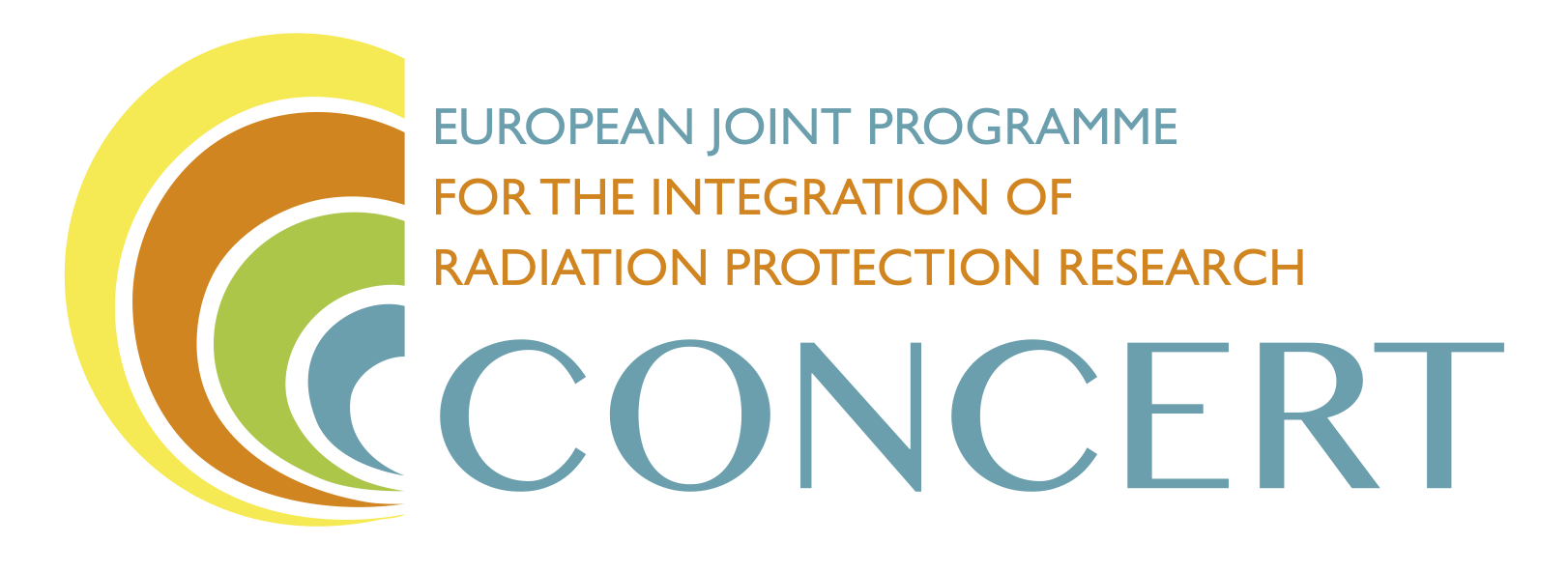Access to Infrastructures
AIR² wants to increase the visibility of recommended infrastructures in its monthly Bulletin.
Contact for AIR² Bulletin
Maria Panagiotopoulou
mp [at] concert-infrastructures [dot] eu (mp[at]concert-infrastructures[dot]eu)
- for receiving the bulletin
- for proposing to participate as an infrastructure
- for proposing to participate in the section “the floor to…”
- for proposing to add information, events, launch call, etc… in the section
- CONCERT Corner (“future events” or “WP6 News”, first page) or “Future events” (last page)

Research infrastructures are committed to provide access to the most advanced, unique, and large-scale resources, instruments and expertise in Europe. These services enable European scientists to conduct competitive and cutting edge research. The necessity to focus on research infrastructures in Radiation protection has been highlighted in the HLEG report in 2009. Since then, large EURATOM projects such as DoReMi, OPERRA, STAR… include specific WPs and tasks dedicated to infrastructures.
Surveys performed in former projects have revealed that the prevailing opinion is that most necessary infrastructures are already available although not at the bench of each user. Indeed, besides the funding of experiments, the access to state of the art infrastructures is a major bottle-neck. It will be the major focus of CONCERT-WP6: Access to Infrastructures.
Infrastructures include so-called large infrastructures such as exposure facilities including those for animal and plant experiments (both laboratory and field facilities), epidemiological cohorts, sample banks, databases and analytical platforms, models and tools (including e-infrastructures).
Access to Infrastructures Radiation protection Research Documented Database.
WP6 tasks and subtasks
The WP6 tasks and subtasks are described in the scheme:
-
Promote the visibility of research infrastructures
- Listing the infrastructures
- Develop and update of recommended criteria and lists of infrastructures
- Increase the visibility of infrastructures that fulfil recommended criteria
-
Harmonize practices and protocols
- Maintaining STORE, FREDERICA and other databases
- Incrementing databases
- Retrospective studies
- Harmonization and exercises
-
Strategy for facilitating access to infrastructure
- Identification of the needs to support sustainability of critical (including rare) facilities
- Developing training
- Existing procedures
- Funding scheme (within infrastructure/within project)
Focus and frequency
The first focus will be the listing of infrastructures and the description of requested criteria. Extensive lists of relevant large infrastructures were generated for low dose research, radioecology, and dosimetry, but they need to be updated, to include those of all European partners and to be completed for the other radiation protection platforms, NERIS, and Medical Use. The resulting database will have to be searchable. Then, to best utilize existing resources, the emphasis will be on promoting the visibility and use of mature infrastructures, so as to avoid unnecessary costs and duplication. Moreover, the sustainability of rare but necessary facilities (such as those for internal contamination) will be given priority. Furthermore, an effort will be made to harmonize practices and protocols amongst multiple facilities.
The use of certain types of infrastructures or the analysis of resulting data requires a high level of expertise and training. Working closely with WP7- Education and training, WP6 will examine the possibility to develop specific training courses built around the use of infrastructures. Last but not least, funding strategies will be developed.
The CONCERT Infrastructure Bulletin will be published each month (10/year). In order to develop the means to better inform radiation protection scientists of those facilities that are best adapted to their research needs and to increase the visibility of infrastructures that fulfil recommended criteria. Three infrastructures will be described; one amongst exposure platforms, one amongst databases, sample banks, and cohorts and one amongst analytical platforms, models and tools. These will then be published as a web-Handbook.
Q&A
-
Please send a request to mp [at] concert-infrastructures [dot] eu (Maria Panagiotopoulou), indicating in the subject box “AIR² Bulletin”.
-
Please contact mp [at] concert-infrastructures [dot] eu (Maria Panagiotopoulou), indicating in the subject box “AIR² Bulletin”.
-
Infrastructures are grouped into 3 categories:
- Exposure platforms (including contaminated sites, observatories)
- Databases, Samples banks and Cohorts
- Analytical platforms, Models and Tools
